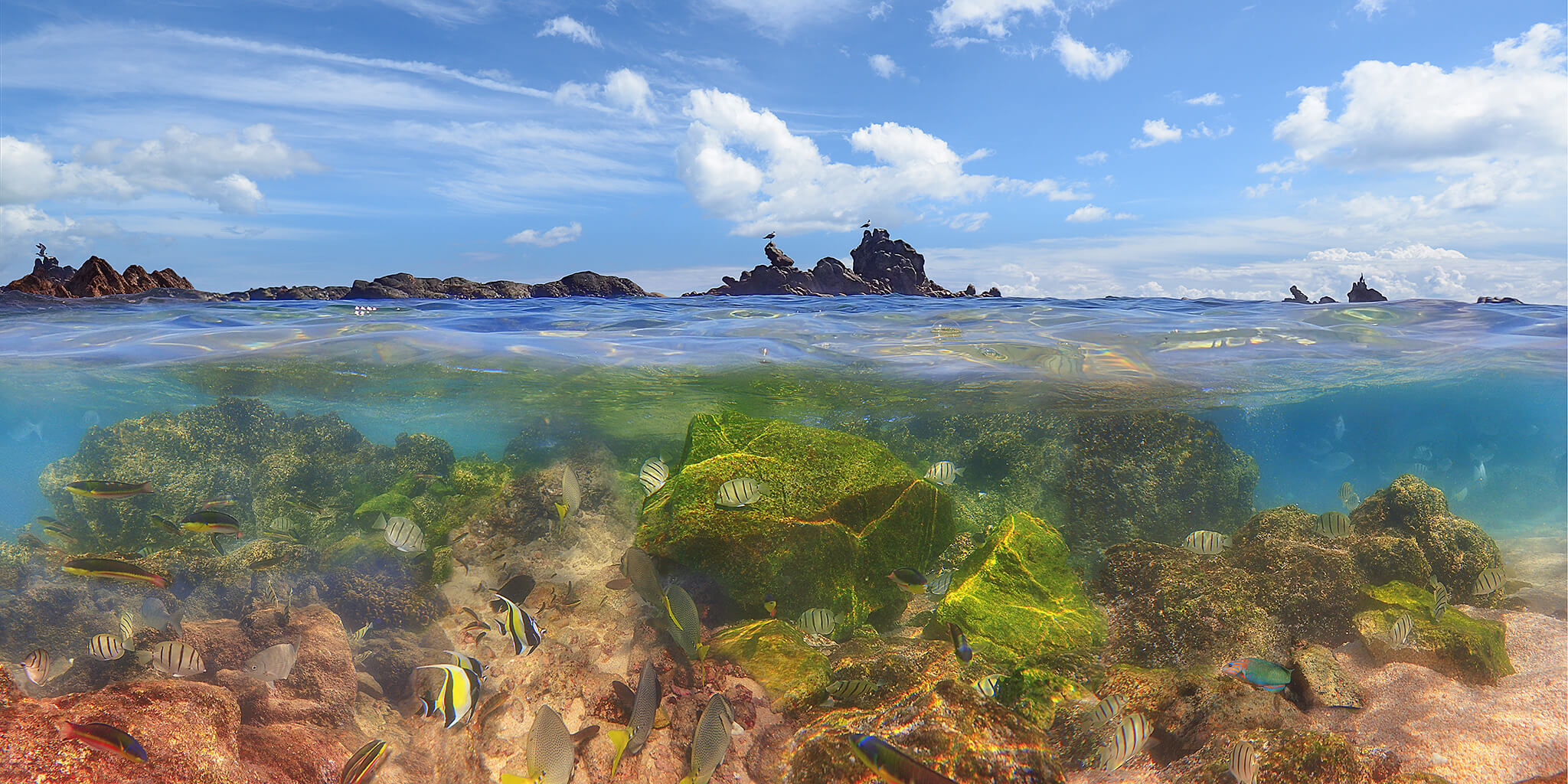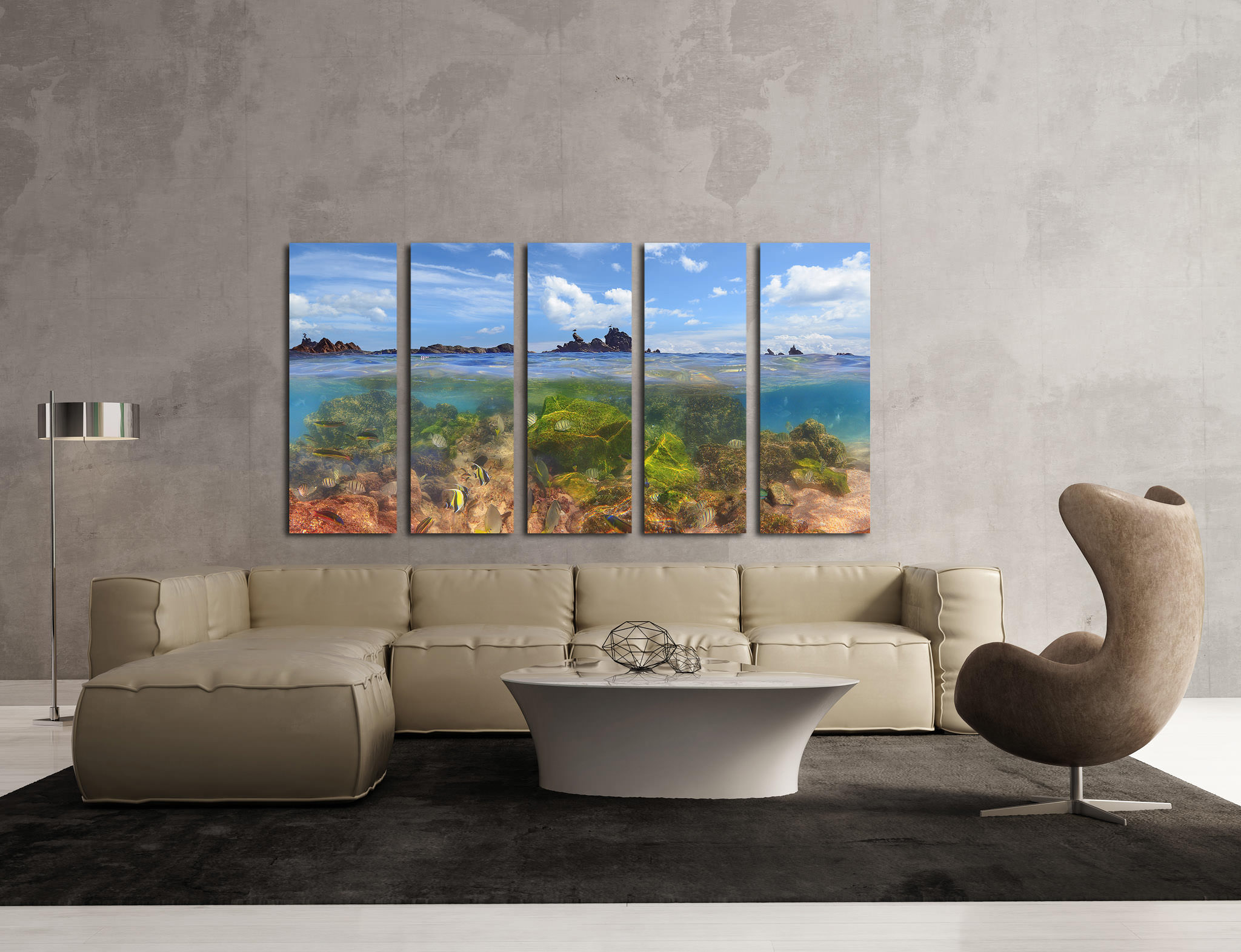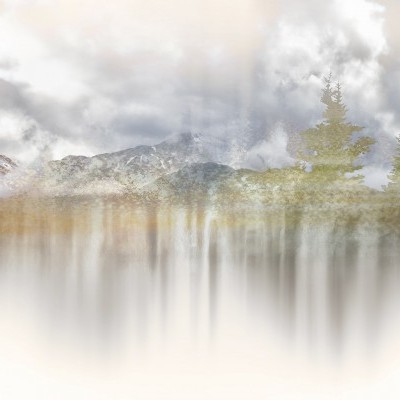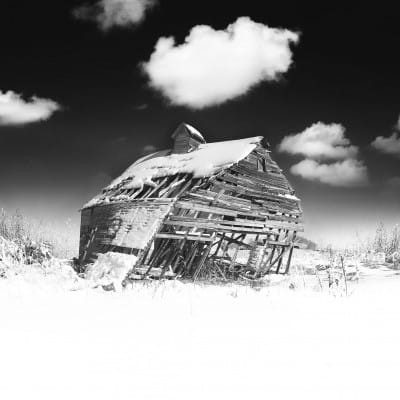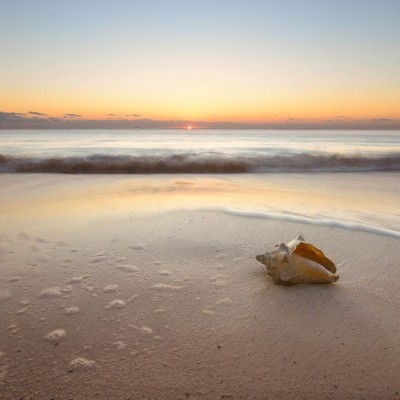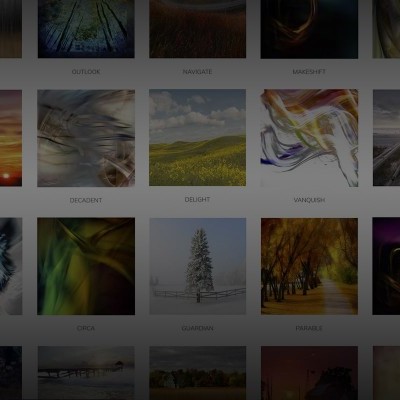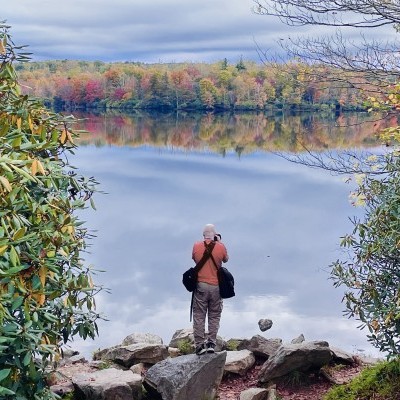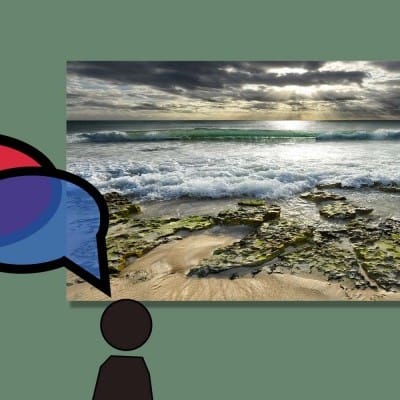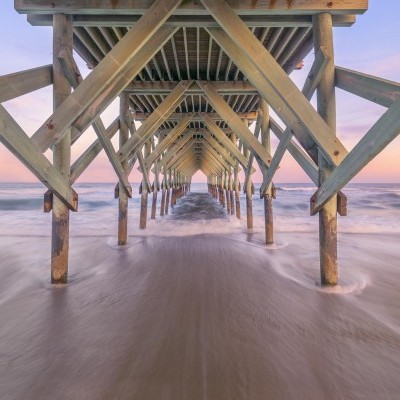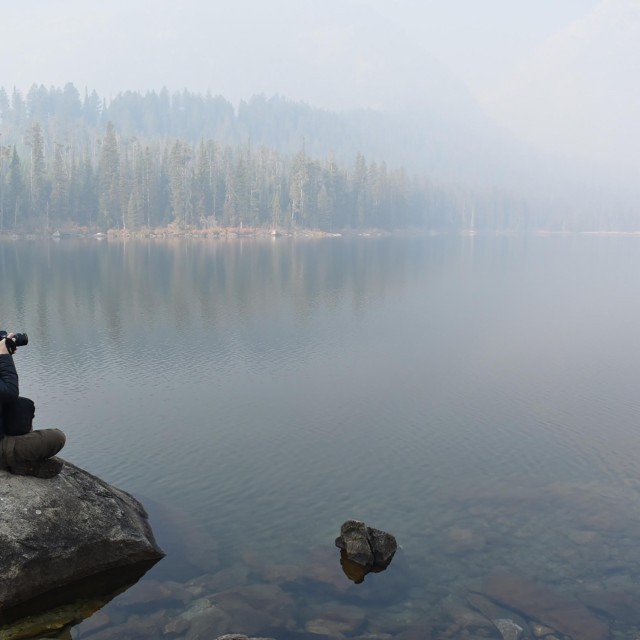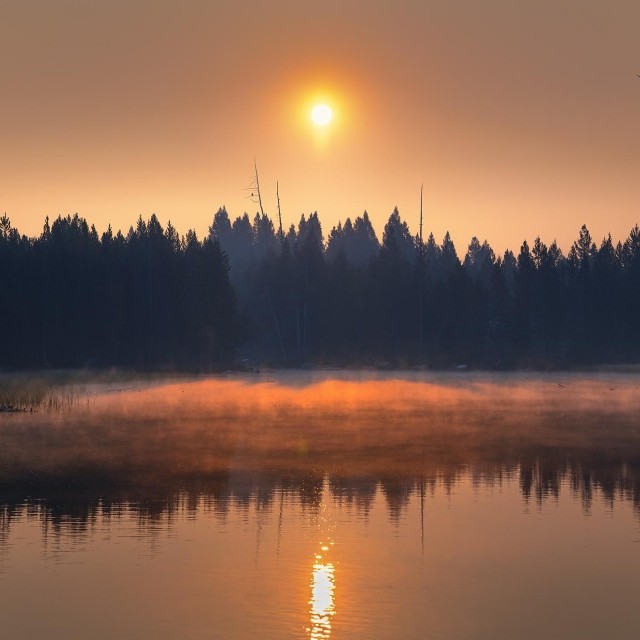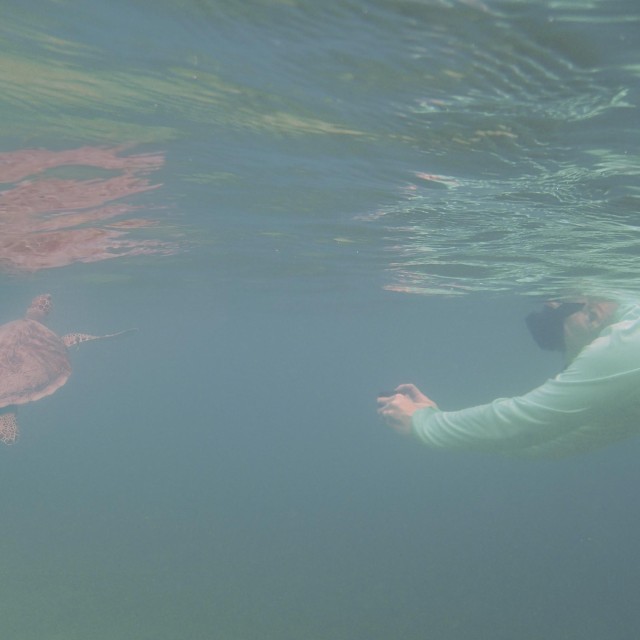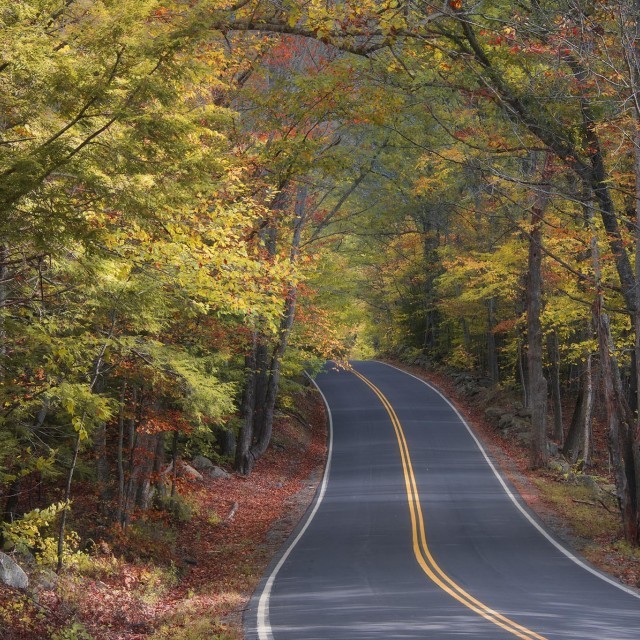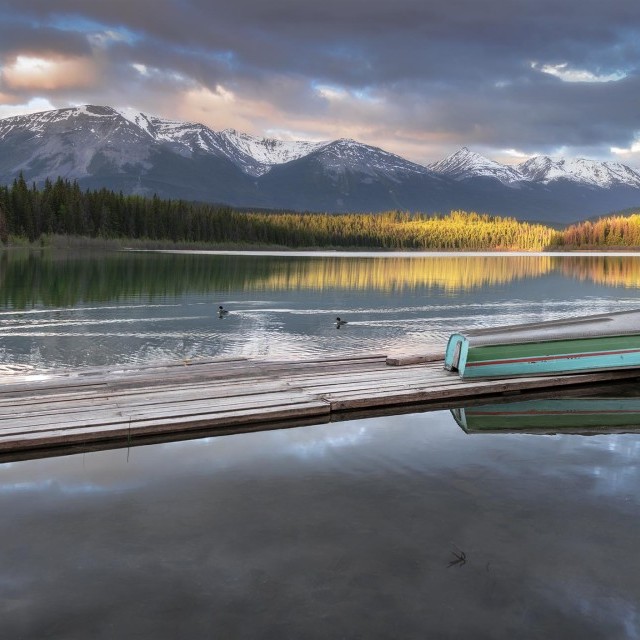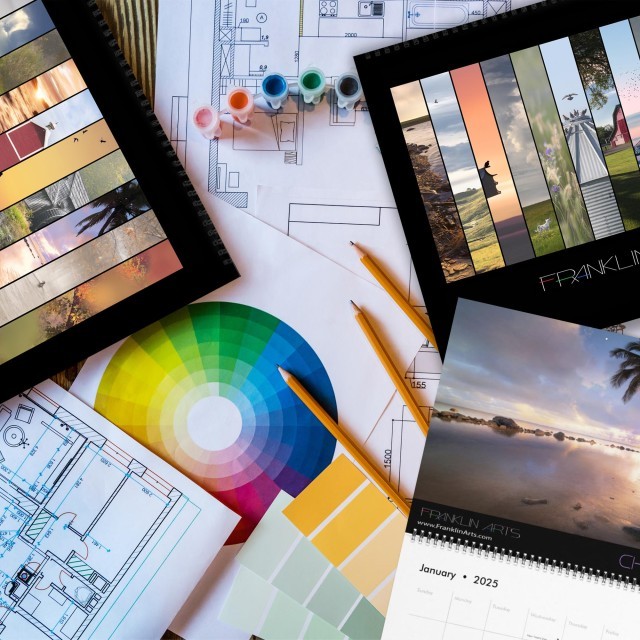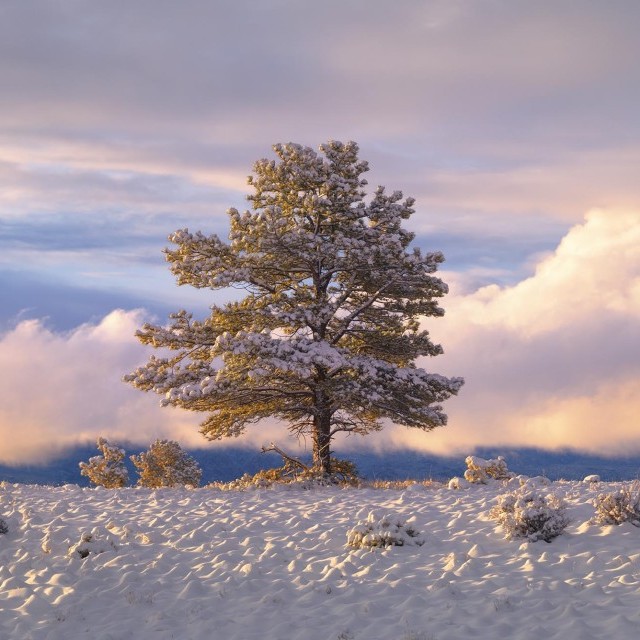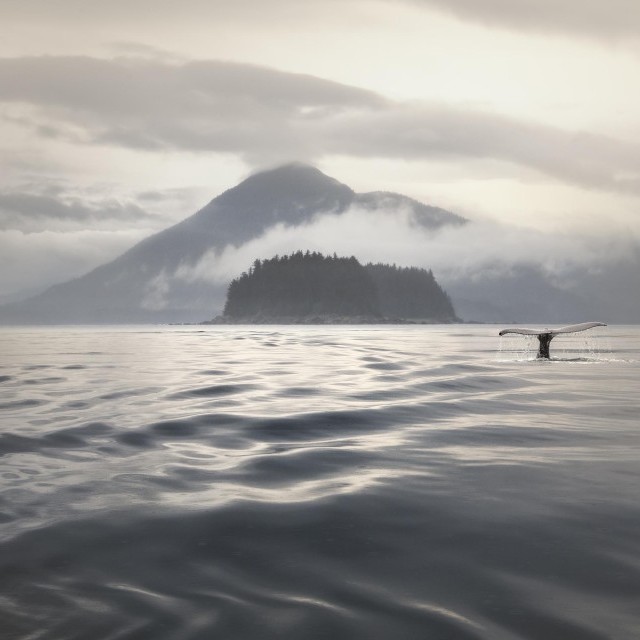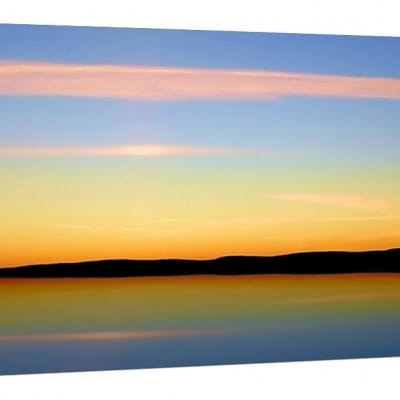
One of my favorite things to do is snorkel.
It’s probably not surprising because there are so many intriguing visuals every square inch you look, a photographer's paradise. We are not accustomed to these wild environments as people and photographers. We don’t see them photographed very often either, unless we’re looking at a National Geographic magazine.
Why are these beautiful underwater scenes not captured in photography more often?
1. (Decent) underwater cameras are hard to find. Most are outrageously expensive.
2. Underwater shots cast saturated blues and greens on the photos, washing everything out and leaving things not quite as vivid as you remember them.
3. Seeing longer distances is impossible because water is like fog—its presence obstructs clarity. If photos don’t have depth, they seem rather boring.
4. Lighting has to be perfect in order to light up the water to maximize depth of field and clear things up. In other words, this can take some luck.
5. Unlike air, water is pretty darn messy. Seaweed, air bubbles, and heavy waves can churn up sand. This can aggravate any photographer to no end.
Despite the challenges, I decided to try anyway when we set off to Cabo San Lucas, Mexico in February. I had envisioned an image like this for years (I'm obsessive), so I knew going in what I needed to capture. Something like this cannot exist in one picture, so I knew I was going to have to create a composite of images.
Here’s how I attempted to conquer the challenge.
1. I bought an Olympus TG-3 underwater camera (ugh, they just released the TG-4--I want it of course), one that received favorable reviews across many photography sources. It didn’t cost a fortune, either.
2. After visiting the same spot over the course of 5 days, I took 886 pictures spanning across different hours of the days with different water conditions, clouds, and lighting.
3. To keep as much control as I could, I took all of these images from right off the beach. I didn't have a snorkel (which would have been nice), but I did have pink swim goggles.
4. I used the rock formations just off the beach to act as a background and create depth in the image.
I even tried getting a picture that had both air and water in the same image, and it’s next to impossible with waves. I even tried later it in a calm pool, and that was incredibly difficult, so I knew I was going to have to create it later.
This image is comprised of three underwater images stitched together. I took the three best that featured the most compelling angles and specimens. I took three different surface shots that featured the rocks, birds, and the sky. I then did some heavy duty processing to reveal more color and vividness from what we envision a scene like this to be.
Many times, no matter how I try, an image may not quite come out the way I want for some reason or another.
This, however, leaves me quite pleased with the results. I hope you like it.
It's called OCEANIC.
